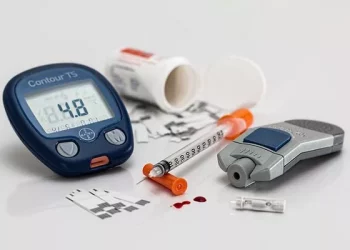After decades of speculation, a new form of diabetes has officially been recognized. Known as Type 5 Diabetes, this condition does not arise from genetic factors or excessive eating. Instead, it disproportionately affects vulnerable populations, particularly young individuals in low-income countries who suffer from malnutrition and cannot access adequate nutrition.
Type 5 Diabetes was first observed in Jamaica in 1955, and though the World Health Organization acknowledged it briefly in the 1980s, it was ultimately dismissed in 1999 due to insufficient evidence. However, after years of ongoing research and debate, the International Diabetes Federation (IDF) has officially recognized Type 5 Diabetes as a distinct form of the disease in April 2025.
This new diagnosis, also referred to as Maturity Onset Diabetes of the Young (MODY), occurs when the pancreas fails to produce sufficient insulin—not due to overeating or genetic predisposition, but because the body has never received proper nourishment in the first place. Most commonly, Type 5 affects underweight teens and young adults with dangerously low body mass indexes (BMIs), particularly in regions like Africa and Asia. It is often misdiagnosed as Type 1 diabetes, leading to the inappropriate use of insulin, which can cause dangerously low blood sugar levels.
In 2010, Dr. Meredith Hawkins, after observing the phenomenon of thin patients not responding to typical diabetes treatments, established the Global Diabetes Institute to investigate the causes of this malnutrition-related diabetes. In 2022, her research team discovered that individuals with Type 5 have a unique genetic mutation that severely impairs insulin production—a condition that cannot currently be corrected by insulin therapy.
While there is no definitive treatment for Type 5 at present, Dr. Hawkins suggests that a high-protein, low-carbohydrate diet may help manage the condition, though further studies are needed. The official recognition of Type 5 Diabetes is expected to bring more attention and funding to research, potentially leading to breakthroughs in treatment options.
Now, with a formal classification, Type 5 Diabetes may finally receive the global recognition and research it needs to improve the lives of those suffering from this rare and misunderstood condition.
Related topics:
Understanding the Age Group Most at Risk for Type 1 Diabetes: Causes and Early Symptoms
Broccoli May Help Lower Diabetes Risk, Study Suggests
Essential Items in a Type 1 Diabetes Travel Kit: Influencers Share Their Must-Haves
























